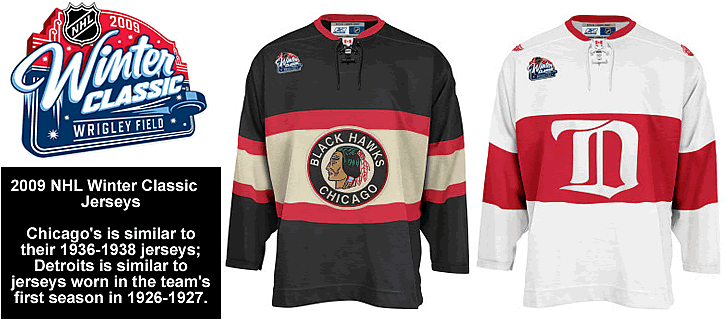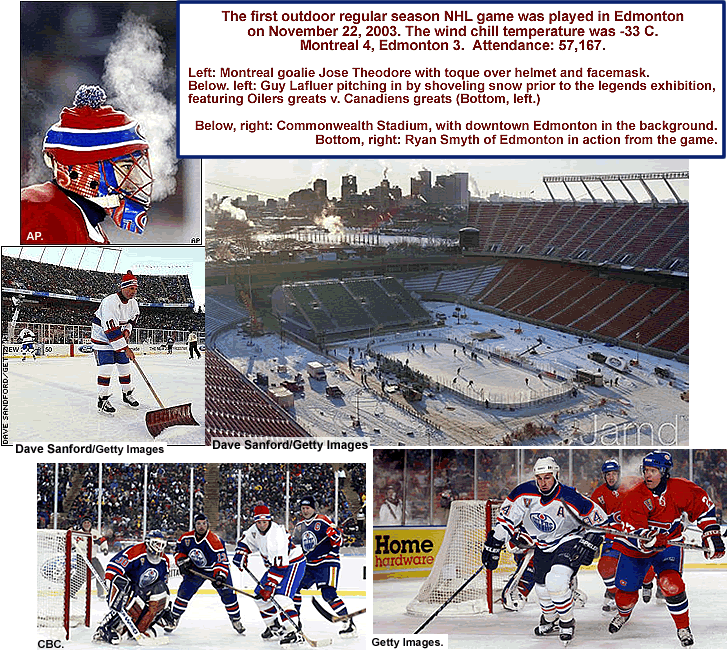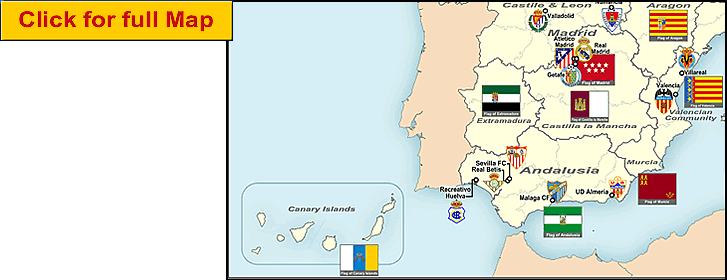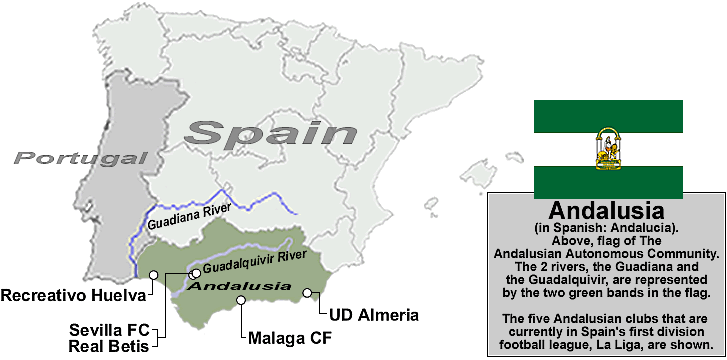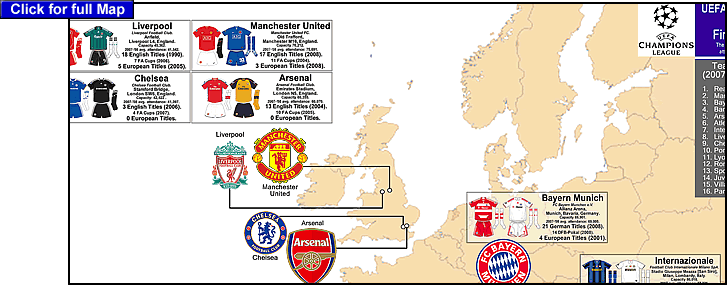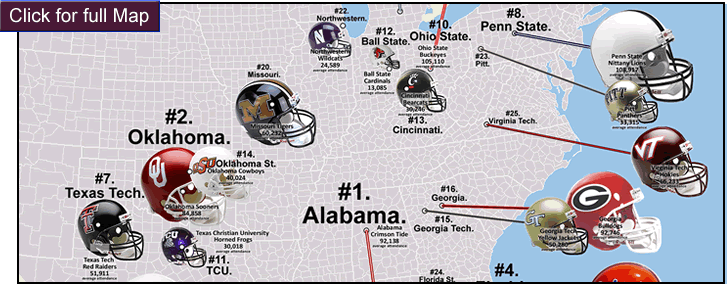
…
…
The National Hockey League did not have a presence in Canada’s western provinces until the Vancouver Canucks were awarded a franchise for the 1970-1971 season. However, there are Stanley Cup Title winners from Western Canada, and the American Pacific Northwest, dating back to 1915.
The Pacific Coast Hockey Association (or PCHA) was a small, but innovative league that existed from 1912 to 1924. The Patrick brothers, Lester {see this} and Frank {see this}, were the creators of this league, which originally featured just 3 teams in British Columbia, Canada…the Vancouver Millionaires, the New Westminster Royals, and the Victoria Aristocrats.
The Patrick family had just come into a fortune, after selling their lumber business to a British concern, and the Patrick brothers convinced their father to invest in their hockey league venture.
The warm climate of the Canadian Pacific coast necessitated the building of artificial ice rinks. The arena in Vancouver that the Patricks built, called the Denman Street Arena, had a 10,500 capacity, remarkable for a city that then had a population of just around 100,000. It was at that time the largest ice hockey arena in the world. Another innovation made by the Patrick brothers was the creation of the blue line, the first step in the evolution of the modern offside rule for hockey. They pioneered the use of player’s numbers on uniforms. They first began recording assists on goals. They invented hockey’s penalty shot. Finally, the Patricks first introduced the concept of a post-season playoff format, in 1918.
By 1915, the trustees of the Stanley Cup decided to allow PCHA teams to compete for Stanley Cup challenge matches. That same year, the Vancouver Millionaires, led by Frank Patrick, defeated the original Ottawa Senators 3 games to zero, to win the Stanley Cup Title.
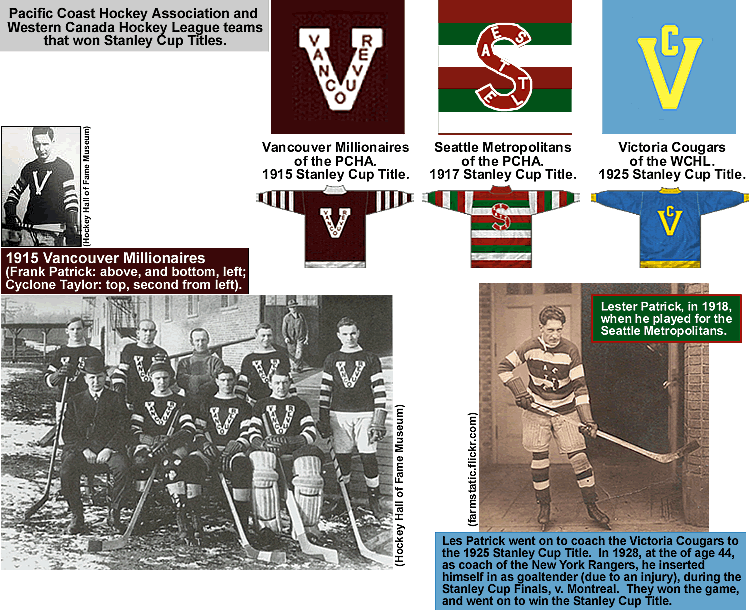
The PCHA had expanded to include American teams in 1914 (first in Portland, Oregon; then in Seattle, Washington; and later in Spokane, Washinmgton). In 1917, the PCHA’s Seattle Metropolitans defeated the Montreal Canadiens 3 games to 1, to win the Stanley Cup Title. This was the first Stanley Cup Title won by a team from the United States.
The PCHA was able to achieve its high level of competitive play so quickly because of its raids on east-coast talent, circa 1911-1914. Several players who went on to become members of the Hockey Hall of Fame, like “Cyclone” Taylor, and Newsy Lalonde, joined PCHA teams, and Taylor was instrumental in the Vancouver Millionaires’ 1915 Stanley Cup Title.
The Western Canada Hockey League (or WCHL) was established in 1921, designed to be a sister-league to the PCHA. The winner of a playoff between the PCHA and the WCHL would go on to play the winner of the NHL for the Stanley Cup Title. This system existed for 3 seasons (1921-1922 to 1923-1924). The four founding teams of the WCHL were the Edmonton Eskimos, the Calgary Tigers, the Regina Capitals, and the Saskatoon Sheiks.

But by the spring of 1924, the PCHA found itself in dire financial straits, and was forced to fold, with two of the teams, the Vancouver Maroons and the Victoria Cougars, joining the WCHL. The next season, the Victoria Cougars, led by coach/defenseman Lester Patrick, defeated the Montreal Canadiens 3 games to 1, to win the 1925 Stanley Cup Title. This was the last time a non-NHL team won a Stanley Cup Title.
A year later, the WCHL also went bust. The Patrick brothers were able to find most of the WCHL players employment in the NHL. In fact, for all intents and purposes, in the fall of 1926, the Victoria Cougars became the NHL expansion team called the Detroit Cougars…most of the players on the Victoria team moved to the Detroit team. [The Detroit team changed their name to the Red Wings, in 1932.] However, the NHL does not consider the Detroit Red Wings to be a continuation of the the Victoria Cougars, despite the similarity of most of the player roster (and the Detroit franchise’s original nickname itself ). A similar thing can be said for the Chicago Blackhawks, who were also formed as an NHL expansion team in 1926. In their case, the original Chicago team was comprised mostly of players from the WCHL’s Portland Rosebuds. This was a team that originated in 1921 as the Regina (Saskatchewan) Capitals.
-
The World Hockey Association was formed in 1972, and began play for the 1972-1973 season. Like the PCHA 60 years earlier, the WHA of the 1970′s attained a good measure of instant credibility by raiding talent (from the NHL). Players like Bobby Hull (joining the Winnipeg Jets) and Gerry Cheevers (joining the Cleveland Crusaders) made the NHL soon realize this upstart league would not be a flash in the pan. By 1974, WHA teams like the Winnipeg Jets began signing European players like Swedes Anders Hedberg and Ulf Nilsson, drawing on a pool of talent on the other side of the Atlantic, something the NHL had traditionally ignored. This is one of the greatest legacies of the World Hockey Association, pioneering the use of foreign talent. Today, the NHL has a considerable fan base in Europe, which would almost certainly not exist had the NHL remained so hidebound in it’s refusal to seek talent outside of Canada.
One reason why the WHA was able to compete somewhat successfully with the NHL in the 1970′s was that the WHA introduced top-flight hockey to cities in Canada that had had to make do with minor league hockey previously…Edmonton, Alberta; Winnipeg, Manitoba; and Quebec City, Quebec. And when the WHA eventually folded, after the 1979 season, 3 of the 4 WHA teams that were allowed to join the NHL as expansion teams were Canadian…the Edmonton Oilers, the Quebec Nordiques, and the Winnipeg Jets [the Hartford Whalers were the fourth team].
-
Below is a small chart showing the 5 teams in the NHL Northwest Division; read left to right for each team…
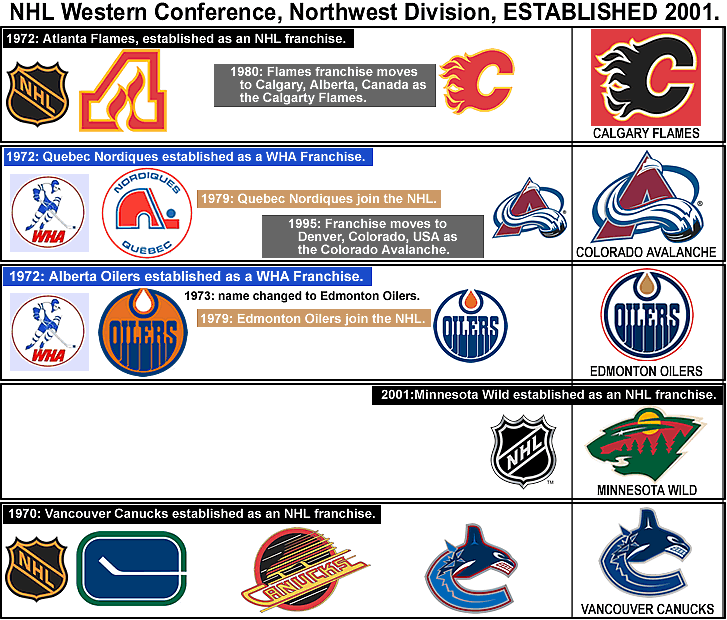
Two of the five teams in the NHL’s Western Conference, Pacific Division trace their roots to the WHA. The Edmonton Oilers are the only one of the four WHA teams in the NHL to still be in the same location. The Quebec Nordiques are now the Colorado Avalanche. [Of the other two WHA teams which joined the NHL in the 1979-1980 season, the Hartford Whalers are now the Carolina Hurricanes, and the Winnipeg Jets are now the Phoenix Coyotes.]
In 1980, one year after the 4 WHA teams joined the NHL, the Atlanta Flames, an 8-year old NHL expansion team, moved to Alberta, Canada and became the Calgary Flames.
That accounts for four of the five teams in the NHL’s Northwest Division. The fifth is the Minnesota Wild, who were formed in 2001, as an expansion team. 2001 was also when the current NHL divisional alignment was established.
-
The Stanley Cup Title has been won 8 times by NHL teams which are currently in the Northwest Division. The Edmonton Oilers have won 5 Stanley Cup Titles, the last in 1990.

The Calgary Fames won their Stanley Cup Title in 1989. The Colorado Avalanche have won 2 Stanley Cup Titles, their first in 1995 (the first season after the franchise moved from Quebec to Denver, Colorado). The Avalanche won their second Stanley Cup Title in 2001. In recent years, the Calgary Flames lost the Stanley Cup Finals to the Tampa Bay Lightning (in 2004); and the Edmonton Oilers lost the Stanley Cup Finals to the Carolina Hurricanes one season later (in 2006).
Thanks to the contibutors at Wikipedia to the pages of the NHL {Click here (set at the history of the NHL)}, WHA {Click here}, PCHA {Click here}, and WCHL {Click here}.
Thanks to “The Official National Hockey League 75th Anniversary Commemorative Book”, edited by Dan Diamond…particularly the chapter called ‘The Making of the NHL’, by Brian McFarlane (first published by McClelland and Stewart, Inc., Toronto, in 1991).
Thanks to the site called Western Hockey Legends (PCHA and WCHL Hockey Teams) {Click here}.
Thanks to the Logoserver site (set at PCHA logos here; WCHL logos here) }. Thanks to Chris Creamer’s Sports Logos Page {Click here (set at Pro Hockey logos) }.
Thanks to NHL.com shop {Click here}.
Thanks to NHLUniforms.com {Click here}.

